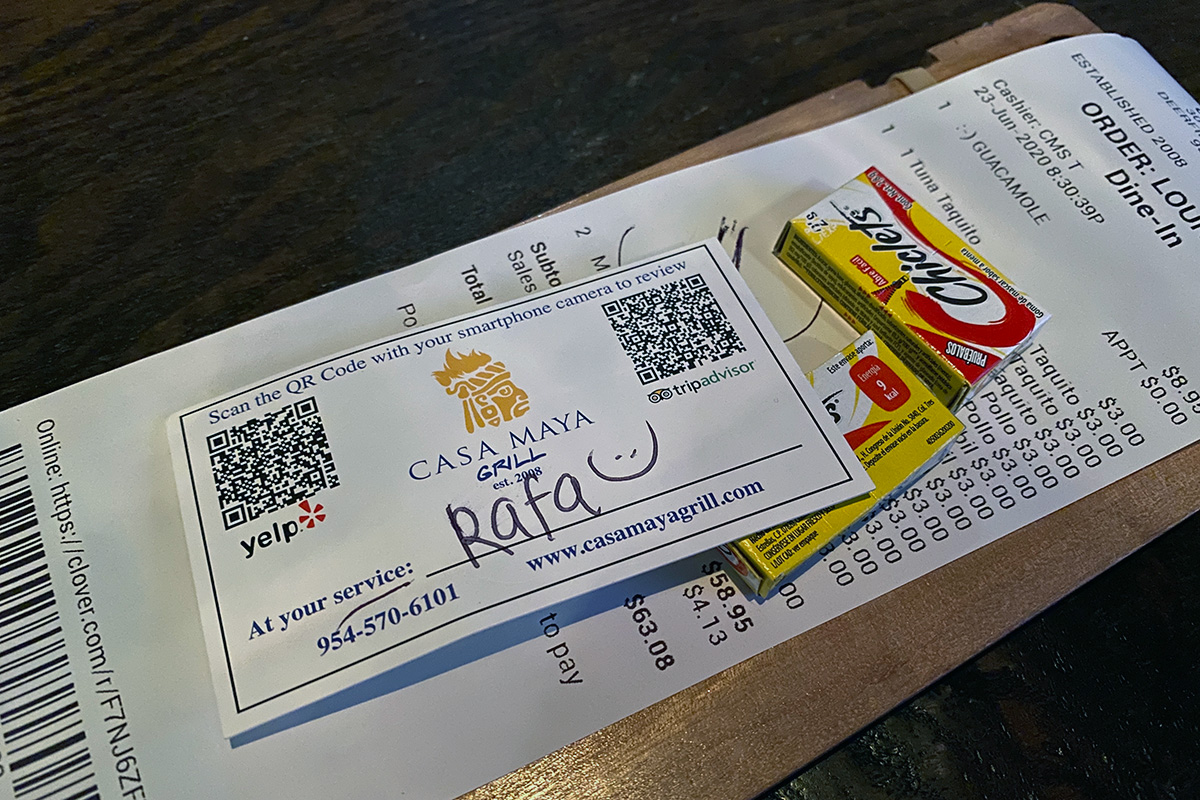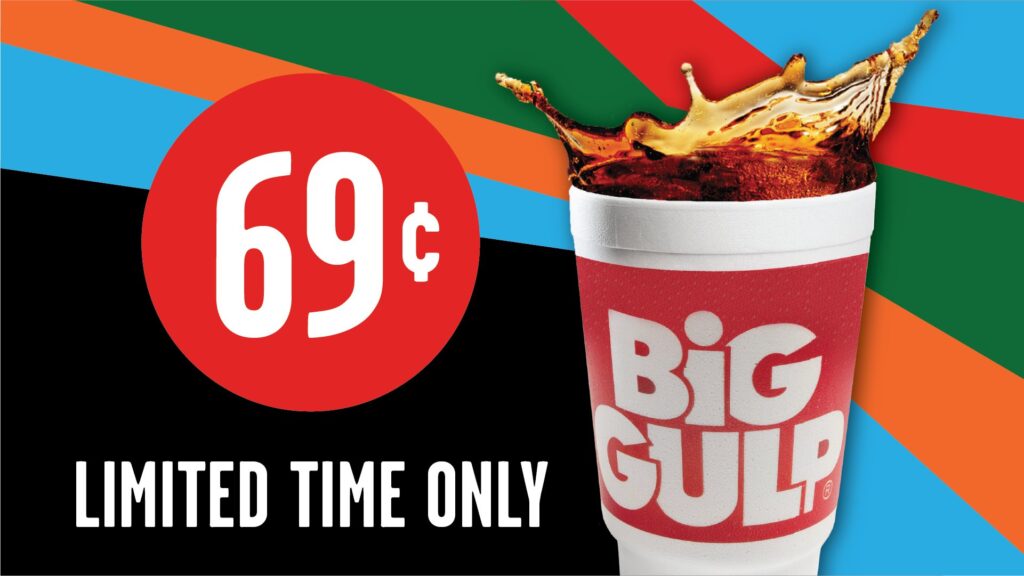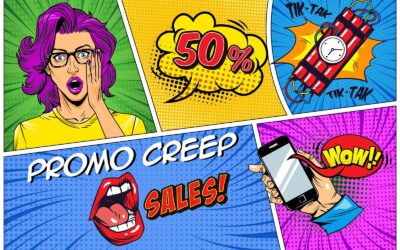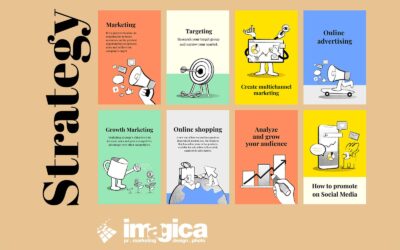
Understand these 5 key principles of human behavior and you will look at your marketing in a different way.

Even if you are not a marketing expert, or don’t care to be, the real difference between strong and weak marketing lies in understanding how people behave. Period.
Solid marketing doesn’t happen by chance. Human behavior falls into a series very predictable actions.
OK, ready for that aha moment? Sometimes it’s just the little tweak. Sometimes it may be a larger initiative, but incorporate these overlaying principles of human behavior into your strategy and to maximize your results and jump ahead of your competition:

1. Priming
Priming is the process of presenting someone with a word, image (or sentence) that prepares them to be more receptive to a particular point of view.
Using subtle techniques, you can help people remember the key information about your products and services, and about your brand.
Foot-in-door is the technique of priming consumers with small asks (such as signing up for a free email newsletter) to prepare them to be more receptive to larger asks (like buying a subscription to a paid newsletter).
Ask people to share comments on social media, read blog posts, attend free webinars, or download an e-book before you ask them to buy are other forms of priming.

2. Reciprocity
People feel an obligation to do something for you when you’ve done something for them. This is known as the principle of reciprocity.
You’re more likely to buy a gift for someone who bought one for you;
Invite someone to your wedding if they invited you to theirs;
Buy something if the seller gives you something for free;
The free samples at Costco are more than just a fun membership perk — they serve as an important catalyst for your purchasing decisions both during and after you are in the store.

3. Social Proof
This is one of my favorites. Social proof is a psychological and social phenomenon where people are unable to determine the proper behavior and instead, assume that people around them know more about the current situation and behave like the other people.
Simply put: we want to know what others are watching, buying, wearing, and experiencing — which ultimately influences our decisions to do the same.
Think social media influencers, online reviews, customer reviews, testimonials, case studies, trust seals, and of course customer referrals.
This isn’t anything new. Captain Kangaroo was an infulencer way before the internet. I wish I could ride around on a new orange Schwinn Stingray!

Even though most car dealerships have remarkably few cars on the lot, they are experiencing record sales with little to no negotiation in pricing, fewer standard features, long delivery times and more add-on fees
4. Scarcity
We all want what we can’t have. And we flaunt when we have something others don’t. Scarcity may be the best call to action, today only, last one, while they last!
Another example that you may have experienced lately may have come when you went out to dinner and your server said “I want to let you know that we only have three orders of our Sea Bass left this evening, pssst it’s $54 bucks…

5. Anchoring
30 years in marketing has taught me that people rarely take the time to read, listen or learn the full facts before taking an action.
Instead, people tend to unconsciously latch onto the first fact they hear, basing their decision-making on that fact… regardless of its accuracy.
This phenomenon is called anchoring, and it can work for you or against you. Key anchoring points to consider:
First impressions matter. Your brand image is important. Period. Make sure it’s memorable and professional. Your marketing assets should also be in line with your brand. Don’t use cheap stock, poor graphics or outdated materials.
Pricing. You walk into a convenience store and see a sign for a 20 oz Coke for $1.79 or a 32oz Coke for $1.99. For just 20 more cents, you get almost twice as much! Having anchored that a 20 oz Coke is worth $1.79, that 32 oz for $1.99 suddenly seems like an awesome deal. It doesn’t matter that both are overpriced.
So…
When setting your pricing, remember that the first option the client sees is likely to be the price that anchors in their brain. So, if your goal is to move your mid-price option, anchor the top-priced item by placing it first or by placing it in the center in a larger font to draw focus. This will make the mid-price option look like a great deal in comparison.
You are surrounded by this when you go into Macy’s. You ask yourself how can everything they sell be 60% off and they remain in business? They have simply raised their retail price price to 3x what they paid actually paid for the product. They are giving you a 60% but they are still making a 50% margin.
Want some help making sense of this? Contact Imagica for a free assessment and to learn how our services don’t cost you money, they make you money!



